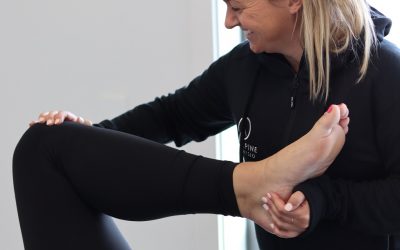An anterior cruciate ligament (ACL) injury is a type of knee injury that affects a ligament inside your knee joint. Think of the ACL as a strong band of tissue that helps connect your thigh bone (femur) to your shin bone (tibia) and provides stability to your knee.
When you have an ACL injury, it means that the ligament has been damaged or torn. This injury can happen during sports activities that involve sudden stops, changes in direction, or jumping, such as soccer, basketball, or skiing.
When the ACL is injured, you may feel a popping sound or sensation in your knee, followed by pain and swelling. You might also have difficulty putting weight on your injured leg or experience instability in the knee. It can be challenging to move your knee properly, and you may notice a decrease in your overall knee strength.
Treatment for an ACL injury typically involves a combination of initial recovery, a strengthening program from a physiotherapist, and sometimes surgery. Physiotherapy helps strengthen the muscles around the knee and improves stability. In cases where the ACL is severely torn along with other structures or it continues to feel unstable, surgery may be recommended to reconstruct the torn ligament.
Recovering from an ACL injury takes time and patience. It usually involves a rehabilitation process that focuses on rebuilding strength, improving range of motion, and gradually returning to activities while ensuring the knee is well-supported and protected.
Returning to sport after an ACL injury is difficult however there has been research into factors to reduce your future risk of re-rupture. Passing return to sport protocols such as the Melbourne ACL Rehab Guide 2.0 can reduce your risk.
Remember, if you suspect an ACL injury, it’s important to consult with a healthcare professional, such as your physiotherapist or doctor, who can evaluate your condition and provide appropriate guidance for treatment.





0 Comments